Two blocks, with masses m12.5kg and m2=14kg, approach each other along a horizontal, frictionless track, The initial velocities of the blocks are v1=12.0m/s to the right an dv2=3.4m/s to the left. The two blocks then collide and stick together. Which of the graph could represent the force of block 1 on block 2 during the collision ?

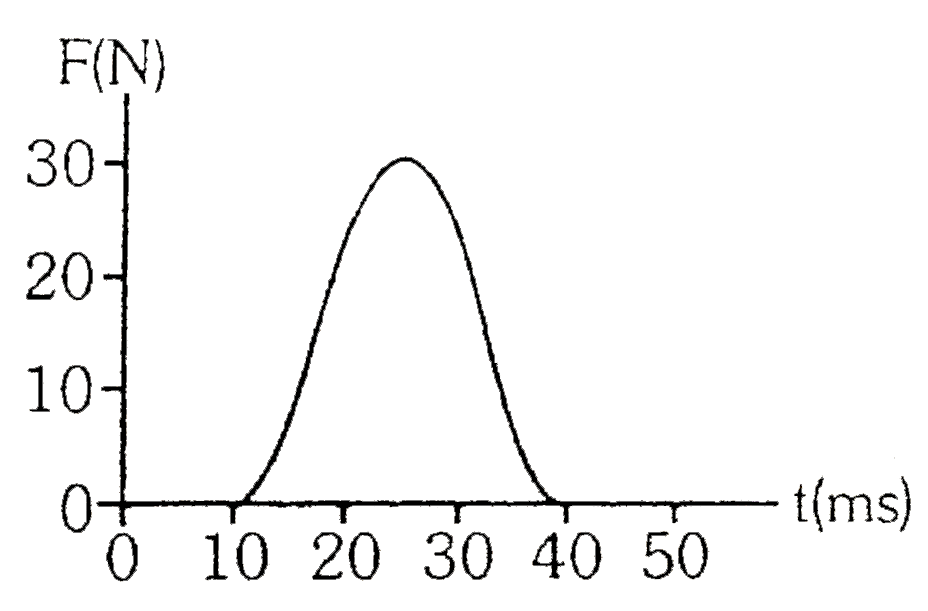
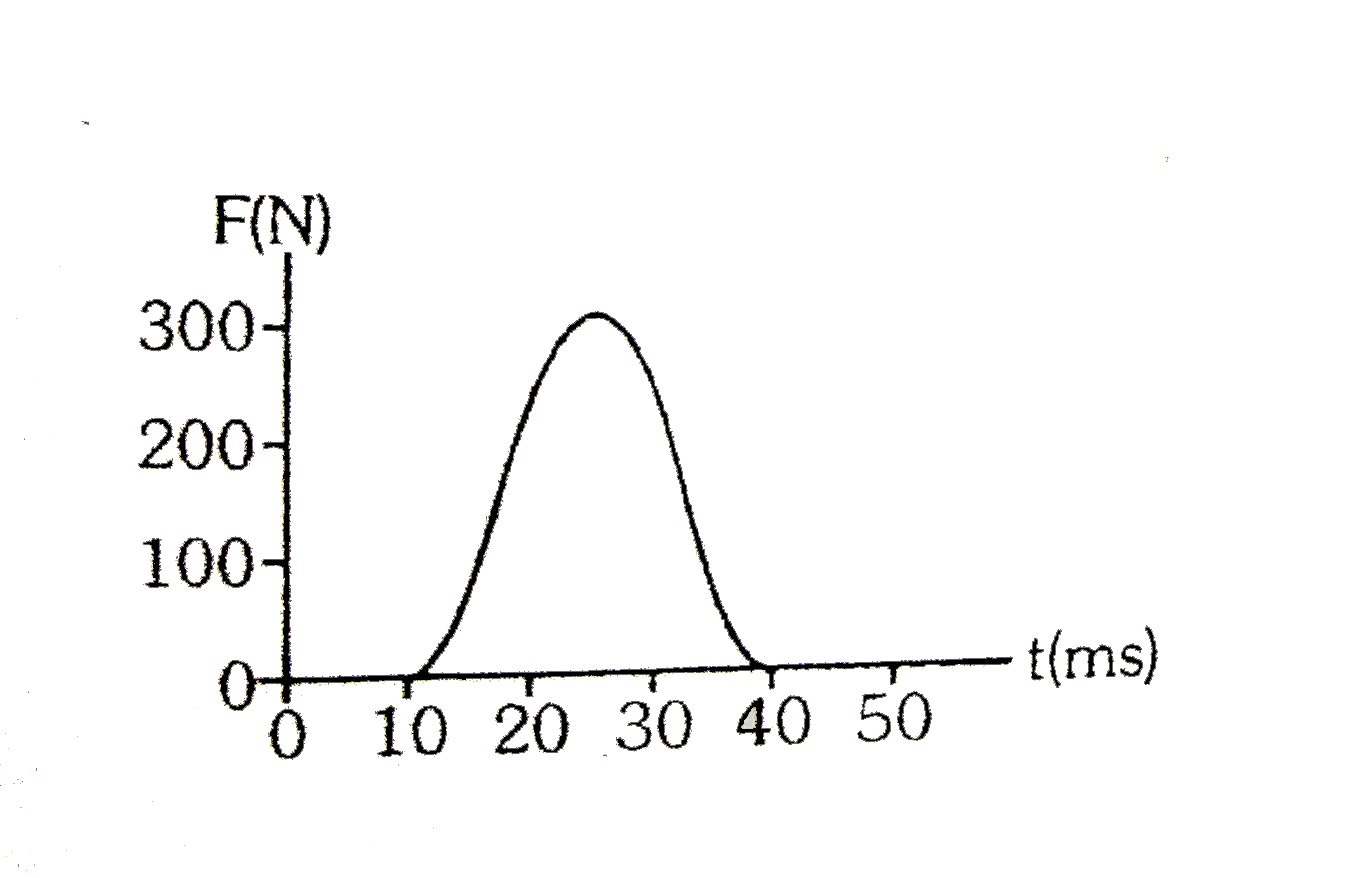
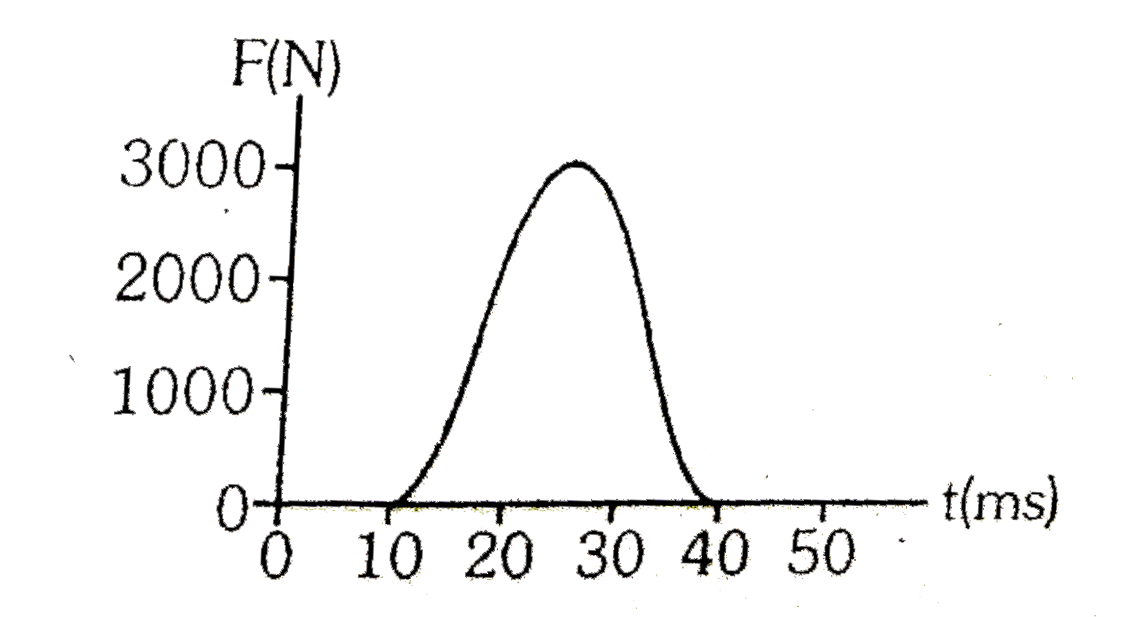
The correct Answer is:A
Step by step video, text & image solution for Two blocks, with masses m_(1) 2.5 kg and m_(2) = 14 kg, approach each other along a horizontal, frictionless track, The initial velocities of the blocks are v_(1) = 12.0 m//s to the right an dv_(2) = 3.4 m//s to the left. The two blocks then collide and stick together. Which of the graph could represent the force of block 1 on block 2 during the collision ? by Physics experts to help you in doubts & scoring excellent marks in Class 11 exams.
Topper's Solved these Questions
- BOOK - ALLENCHAPTER - CENTRE OF MASSEXERCISE - EXERCISE-II43videos
CENTRE OF MASS
- BOOK - ALLENCHAPTER - CENTRE OF MASSEXERCISE - EXERCISE-III42videos
CENTRE OF MASS
- BOOK - ALLENCHAPTER - CENTRE OF MASSEXERCISE - EXERCISE-V B19videos
CENTRE OF MASS
- BOOK - ALLENCHAPTER - BASIC MATHEMATICS USED IN PHYSICS &VECTORS EXERCISE - EXERCISE-IV ASSERTION & REASON11videos
BASIC MATHEMATICS USED IN PHYSICS &VECTORS
- BOOK - ALLENCHAPTER - ELASTICITY, SURFACE TENSION AND FLUID MECHANICSEXERCISE - Exercise 5 B (Integer Type Questions)3videos
ELASTICITY, SURFACE TENSION AND FLUID MECHANICS
Similar Questions
Two blocks of mass m1andm2 are moving along a smooth horizontal floor. A non-ideal spring is attached at the back of mass m2. Initial velocities of the blocks are u1andu2 as shown, with u1>u2. After collision the two blocks were found to be moving with velocities V1andV2 respectively. Find the ratio of impulse (on each block) during the deformation phase of the spring and that during its restoration phase. [By non ideal spring we mean that it does not completely regain its original shape after deformation. You can neglect the mass of the spring.]
 View Solution
View SolutionTwo blocks with masses m1=3kg and m2=4kg are touching each other on a frictionless table, as shown in figure-2.33. If the force shown acting on m1 is 5 N (a) What is the acceleration of the two blocks and (b) How hard does m1 push against m1 ?
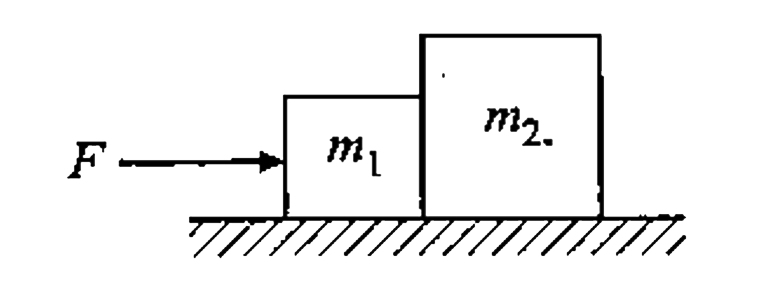
[0.714m/s2,2.85N]View Solution
Knowledge Check
- Question 1 - Select One
Two blocks of masses m1=1kg and m2 = 2kg are connected by a spring of spring constant k = 24 N/m and placed on a frictionless horizontal surface. The block m1 is imparted an initial velocity v0 = 12cm/s to the right. The amplitude of osciallation is
A2 cmB1 cmC3 cmD4 cm - Question 2 - Select One
Three block of masses m1,m2 and m3 kg are placed in contact with each other on a frictionless table. A force F is applied on the heaviest mass m1, the acceleration of m2 will be
 AFm1BF(m1+m2)CF(m1−m2)DF(m1+m2+m3)
AFm1BF(m1+m2)CF(m1−m2)DF(m1+m2+m3) - Question 3 - Select One
Two blocks of masses 2 kg and 1 kg are in contact with each other on a frictionless table. When a horizontal force of 3.0 N is applied to the block of mass 2 kg the value of the force of contact between the two blocks is:
A4 NB3 NC2 ND1 N
Two blocks of mass m = 1 kg and M = 2 kg are in contact on a frictionless table. A horizontal force F(= 3N) is applied to m. The force of contact between the blocks, will be-
View SolutionThree blocks of masses m1=2kgm2=3kgandm3=4kg are in contact with each other on a frictionless horizontal surface as shown in
(a) Find
(a) horizontal force F needed to push the block as one unit with an acceleration of 2m/s2
(b) the resultant force on each block and
(c) the magnitude of contact forces between blocks.
 View Solution
View SolutionTwo blocks of masses m1=2kg and m2=5 kg are moving in the same direction along a frictionless surface with speeds 10m/s and 3m/s, respectively, m2 being ahead of m1. An ideal spring with k=1120N/m is attached to the back side of m2. Find the maximum compression of the spring when the blocks collide. What are the final velocities of the blocks when they separate?
 View Solution
View SolutionTwo blocks of masses m1 and m2 are placed in contact with each other on a horizontal platform. The coefficient of friction between the platform and the two blocks is the same. The platform moves with an acceleration. The force of interaction between the blocks is :
 View Solution
View SolutionTwo block of masses m1 and m2 are connected as shown in the figure. The acceleration of the block m2 is:
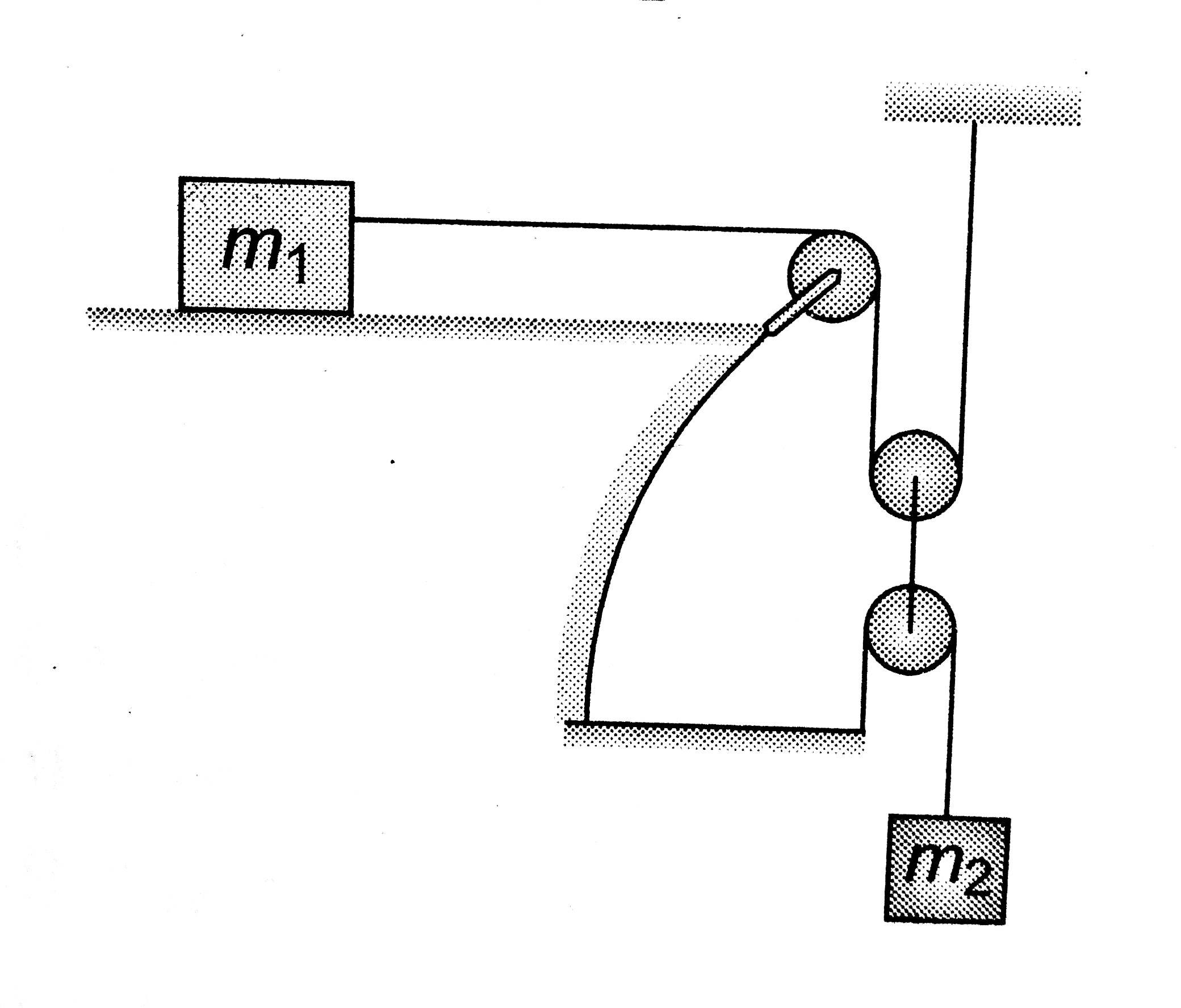 View Solution
View Solution

